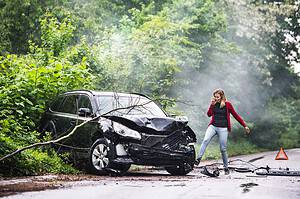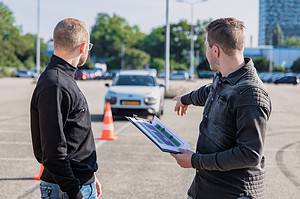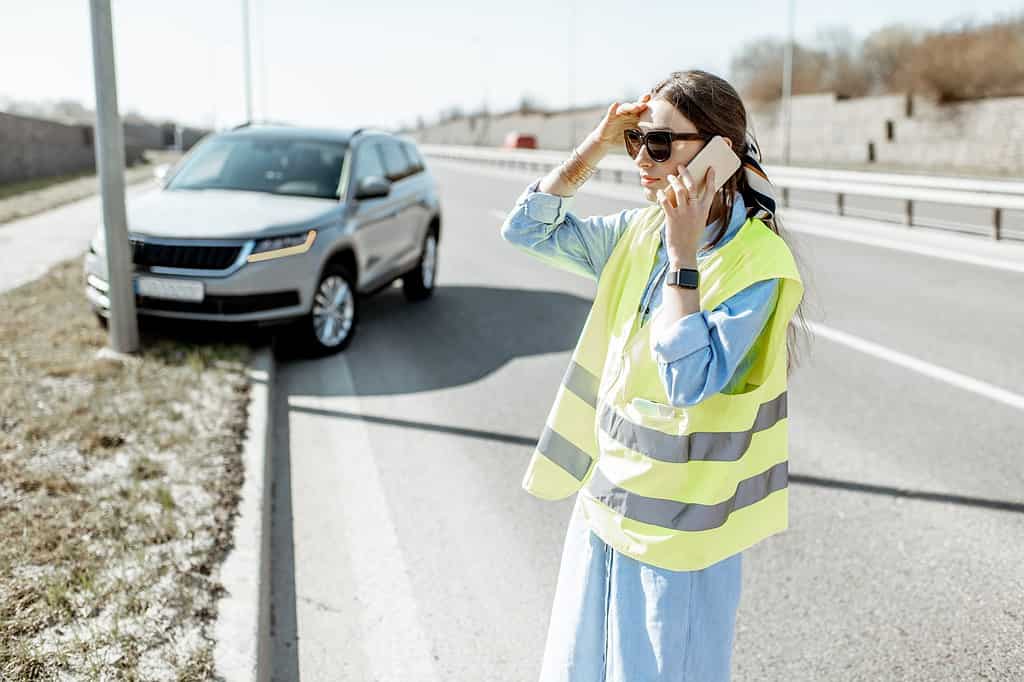Every state in the country has a set of laws for resolving car accidents and insurance disputes. A state can have either at-fault or no-fault laws for motor vehicle accidents. The difference between the two is significant, so knowing which type of law applies in your state is important.
So, is California a no-fault state? No, California is an at-fault state. It means that when you are involved in a car accident in California, you need to file a claim for compensation with the at-fault party’s insurance company. This is in contrast to a no-fault state, where you make a claim with your own insurance company regardless of who caused the accident.
This blog post discusses everything you need to know about at-fault car accident laws in California. Read on to learn more.
Car Accident Laws in California: Overview
In an attempt to reduce the amount of litigation resulting from car accidents and provide prompt compensation for injury victims, California adopted a no-fault law in the 1970s. However, the no-fault system proved inadequate and was repealed in 1978.
The current at-fault system is based on the California Vehicle Code (CVC). When an accident occurs, each driver must take reasonable steps to identify themselves and provide information such as their name, address, vehicle registration number, insurance policy number, and driver’s license number.

The state strictly follows a tort system of law that requires the at-fault driver to pay for damages caused by their negligent or wrongful acts.
When determining who was at fault in a car accident, courts will consider factors such as speed, driving conditions, road design/obstruction, and driver recklessness. The court will also consider whether the drivers violated any traffic regulations at the time of the accident.
Understanding California’s At-Fault Car Insurance Requirements
All drivers in California must have an acceptable form of insurance before hitting the road.
The acceptable forms of insurance are a cash deposit of $35,000 with the California Department of Motor Vehicles, a $35,000 surety bond, a self-insurance certificate from the Department of Motor Vehicles, or a liability insurance policy.
Most drivers prefer to purchase a car insurance policy from an insurance provider to satisfy the legal requirements. A basic car insurance policy in California must have a minimum of the following:
- $15,000 in liability insurance for bodily injury or death
- $30,000 in liability insurance for bodily injury or death to more than one individual
- At least $5,000 in property damage coverage.
However, you must remember that liability insurance doesn’t pay for your hospital bills or any other losses incurred due to the accident.
How Does the At-Fault System Work in California
California is an at-fault state. It means that when you are involved in a car accident in the state, you are entitled to file a claim against the at-fault party for injuries and other damages suffered, provided you prove liability.
California uses pure comparative negligence for auto accidents. The law stipulates that liability can be split among the parties involved in the accident when determining who was at fault for the crash.
Therefore, you may be entitled to receive compensation even if you were partially at fault for the accident.

The pure comparative negligence system is beneficial for both defendants and plaintiffs. Even if the plaintiff agrees to a fault that exceeds the at-fault party’s, they can still recover a percentage of the damages awarded.
For instance, if a jury establishes that the plaintiff was 70% at-fault while the defendant was 30% at-fault, the plaintiff would still be eligible to receive 70% of the damages.
Typically, insurance companies determine the degree of fault based on available evidence. The more evidence you gather regarding the accident and your injury, the more likely you will receive a fair settlement.
How Does the At-Fault System Differ from the No-Fault System?
In no-fault states, your own can insurance provider pays for any damage or injury you sustain in a car accident, regardless of who is at fault.
It means that no matter which party was responsible for the car accident, your insurance company will cover your medical expenses and other damages.
In an at-fault state like California, you must file a claim with the at-fault party’s insurance provider if you are injured in a car accident. The at-fault driver is responsible for paying for all the accident damages, including medical bills and property damage.
Paying for Damages After a Car Accident in California
As the plaintiff, you may receive compensation from multiple parties for damages suffered. However, the total amount of money received largely depends on the number of people or entities at fault for the accident.
If more than one party was at fault, you will be required to collect the compensation amount you are entitled to from different parties. This is usually referred to as joint and several liability.
In some cases, the defendants may choose to file cross-complainants against each other to establish how the damages suffered by the plaintiff should be shared among them.

Joint and several liability only applies to economic damages such as lost wages, property damage, medical expenses, and other out-of-pocket expenses.
One thing you must keep in mind is that a car accident lawsuit must be filed within two years from the date the accident occurred. If you don’t file your claim in time, you won’t be able to recover any compensation for your losses.
What Should I Do If I’m Involved in a Car Accident in California?
If you are involved in a car accident in California, the first thing you need to do is to ensure that you and your passengers (if any) are safe. Call 911 if you have sustained injuries.
Once safe, contact the police and exchange information with the other driver, including vehicle registration numbers and insurance information.
You should also take pictures of the accident scene, your vehicle, and the other vehicle involved. Document all conversations with the police and note down any possible witnesses who might have seen what happened at the time of the crash.

You must also contact your insurance company to notify them of the accident and contact the at-fault party’s insurance provider to make a claim.
Finally, contact an experienced car accident attorney as soon as possible to protect your rights and ensure you receive fair compensation for damages suffered.
Seeking Legal Representation
California is an at-fault state when it comes to car accidents. It means that if you are involved in an accident, you must file a claim with the at-fault party’s insurance company for any damages or injuries sustained.
Unfortunately, it can be difficult to get a fair settlement because the at-fault driver’s insurance company will do everything possible to minimize the compensation they must pay.
An experienced car accident attorney can help protect your rights and ensure you receive fair and full compensation for damages suffered.
They will also negotiate with the insurance company, ensuring you receive a fair settlement for your losses.
At Legal Giant, we connect you with a team of highly experienced car accident lawyers to help you get the compensation you deserve.
We understand that dealing with insurance companies after a car accident can be overwhelming, and we are here to fight for you. Contact us today for a free, no-obligation review of your car accident case.

